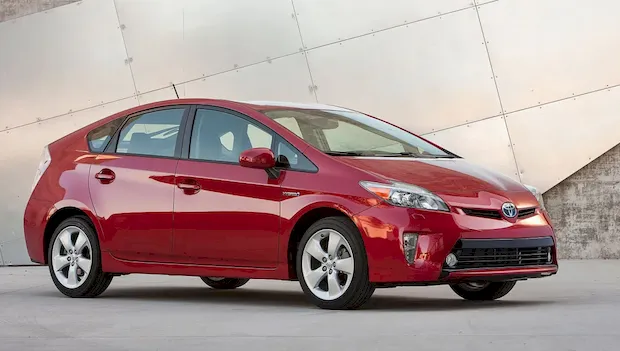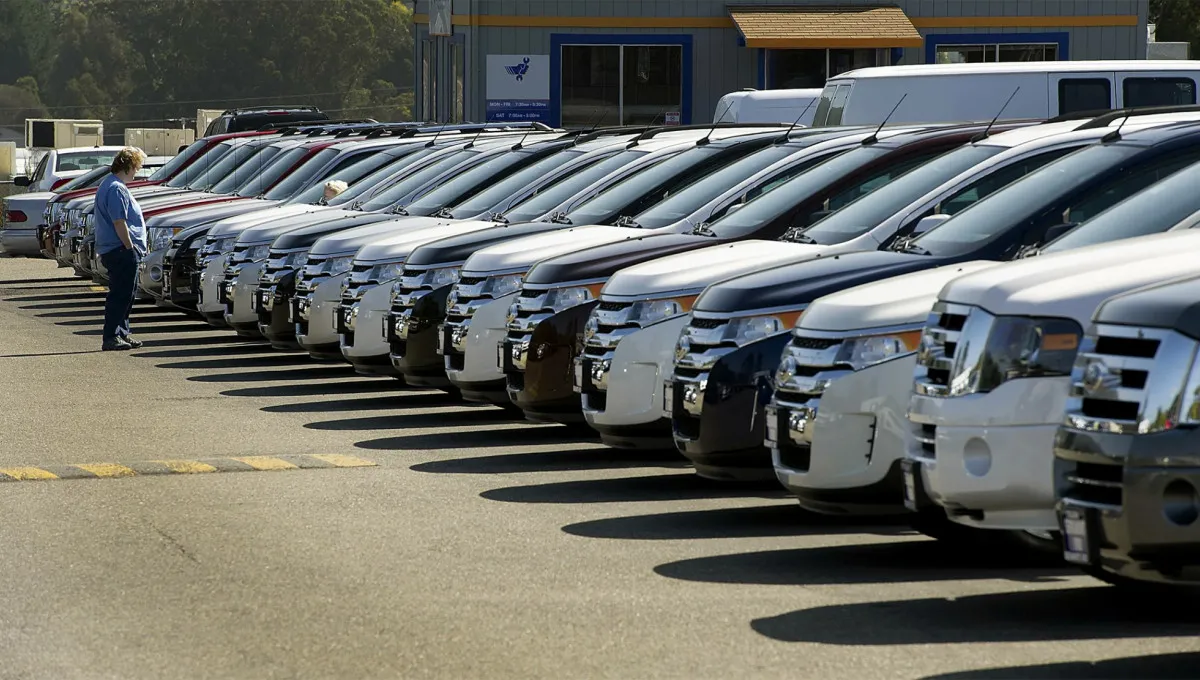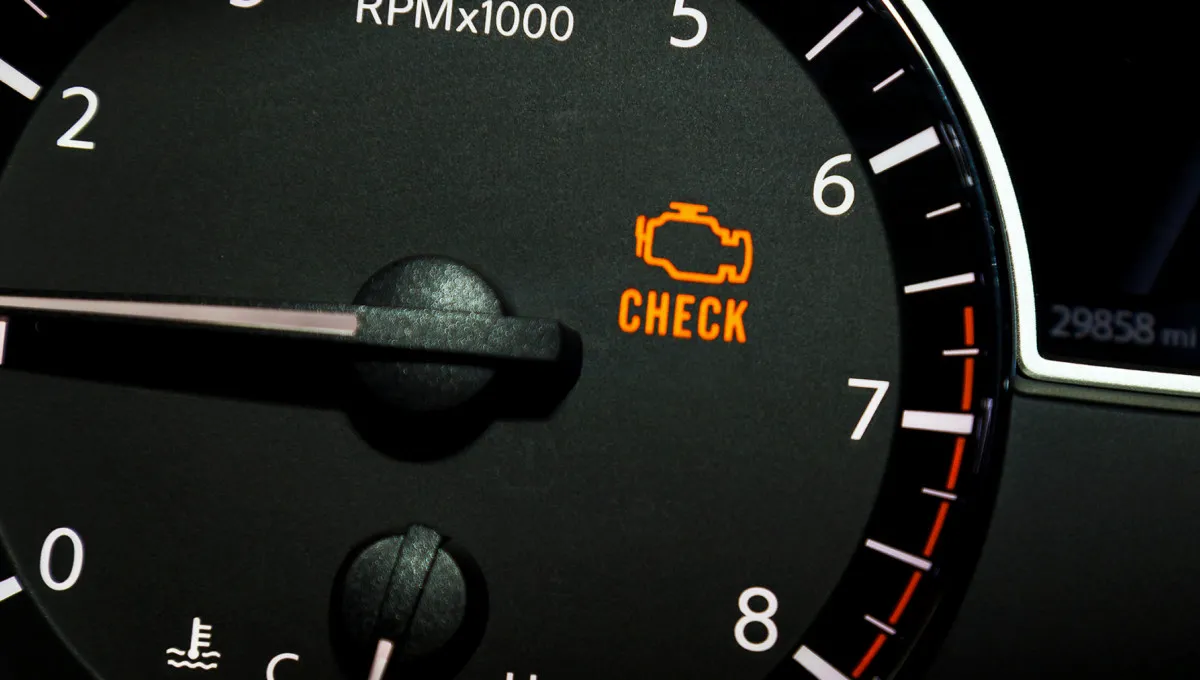Is it worth buying a third-generation Toyota Prius on the second-hand market
The third-generation Toyota Prius (2009-2015) has become the most popular among taxi drivers worldwide.

The third-generation Toyota Prius (2009-2015) has become the most popular among taxi drivers worldwide. Why has this model been called reliable, and what praise did the 1.8 VVT-i engine and hybrid system of the vehicle deserve from drivers?
Hybrid System

The hybrid drive of the third-generation Toyota Prius combines a 1.8-liter gasoline engine producing 98 hp with an electric unit delivering 80 hp. The total system power is 136 hp, allowing acceleration from 0 to 100 km/h in 10.4 seconds and a top speed of 180 km/h. These are decent figures, especially for a car designed for economical city driving.
The engine uses VVT-i (Variable Valve Timing with intelligence) technology — an intelligent variable valve timing system that optimizes valve operation depending on driving conditions. This allows the unit to work efficiently both at low and high revs. Importantly, it is equipped with a timing chain instead of a belt, eliminating the need for periodic replacement.
The reliability of the Prius is partly due to the absence of components potentially prone to failure, such as a starter, alternator, and auxiliary drive belts. The electric motor acts as a starter, and the energy generated during regenerative braking charges the battery.
In the city, fuel consumption rarely exceeds 4.5 liters per 100 km. On the highway, the figure increases, but even with fast driving on a freeway, it is difficult to exceed 7.5 liters per 100 km.
Individual Components and Units - Service Life

- Water pump. May require replacement at around 300,000 km.
- EGR valve. Clogging can cause uneven engine operation. Cleaning is usually sufficient.
- Head gasket. There are cases of it burning out, but not earlier than 300,000 km.
- Hybrid battery. May need regeneration after 8-10 years of use or more than 300,000 km mileage.
- Inverter. May require repair in case of overheating.
- Brake pads. Thanks to the regenerative braking system, they last 100,000-150,000 km.
- Shock absorbers. Normally serve 350,000-400,000 km without losing effectiveness.
- CVT gearbox. The Prius's continuously variable transmission rarely causes problems even with high mileage.
- Exhaust system. Mainly made from stainless steel, extremely resistant to corrosion.
You may also be interested in the news:

Europe’s Auto Industry Is Splitting at the Seams: Valmet Automotive Halts for the First Time in 50 Years as Plants Shut Down One After Another
For the first time in half a century, Finland’s Valmet Automotive plant in Uusikaupunki has halted production — employees began receiving layoff notices on December 1.

Republicans Push Back Against New Car Safety Systems to Keep Prices Down
Why are U.S. lawmakers trying to roll back modern safety tech — a questionable move or a bid to protect consumers’ wallets?

Many Drivers Miss These 4 Warning Signs—Small Clues That Can Lead to Costly Repairs
Four clues that tell you something isn’t right with your car.

One-of-a-Kind Gordon Murray S1 LM Sells for a Record $20 Million at Auction
The final car in a five-unit run has become the most expensive brand-new vehicle ever sold at auction.

Analysts Say New-Car Prices Could Jump Up to 20% by 2026
Another wave of price increases may be around the corner: cars could cost about 20% more in 2026